Nissan Rogue 2018
- Road-- connects two points
- Way- small offshoot of a street and is usually short
- Street-- has buildings on each side and is perpendicular to avenues
- Avenue- has buildings or trees on both sides and runs perpendicular to streets
- Bulevard- a wide street with plants/trees on both sides and has a median or divider dividing traffic
- Lane- A narrow road, usually ends in a residence building
- Drive-- road that runs around a water body or mountain
- Terrace- Follows the top side of a slope
- Place- no thoroughway. It leads to a dead end
- Court--makes a circle or loop at the end ( Cul-de-sac)
- Alley- passage between buldings or backside of buildings. Not for passage of vehicles.
- Highway-- fast speed road
- Pike or Turnpike-Usually has a toll
Highway numbers and directions:
Odd numbers run north-south. Even numbers run east- west.
For north- south routes the lowest number begins in west.
For east- west route, the lowest number begins in south.
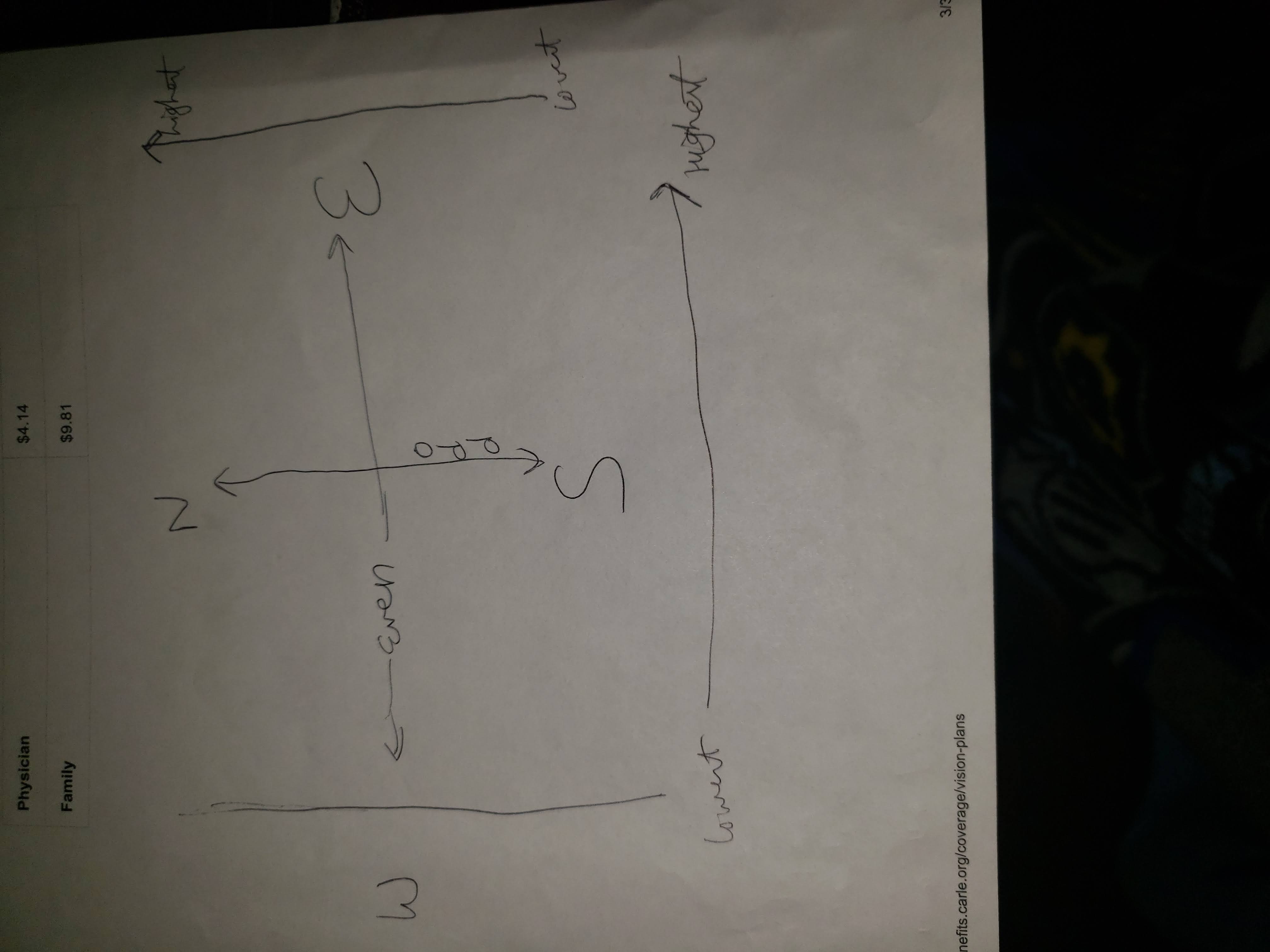
The Interstate route marker is a red, white, and blue shield, carrying the word "Interstate", the State name, and the route number.
The major route numbers generally traverse urban areas on the path of the major traffic stream. Generally, this major traffic stream will be the shortest and most direct line of travel. Connecting Interstate routes and full or partial circumferential beltways around or within urban areas carry a three-digit number. These routes are designated with the number of the main route and an even-numbered prefix. Supplemental radial and spur routes, connecting with the main route at one end, also carry a three-digit number, using the number of the main route with an odd-number prefix.
To prevent duplication within a State, a progression of prefixes is used for the three-digit numbers. For example, if I-80 runs through three cities in a State, circumferential routes around these cities would be numbered as I-280, I-480, and I-680. The same system would be used for spur routes into the three cities, with routes being numbered I-180, I-380, and I-580, respectively. This system is not carried across State lines. As a result, several cities in different States along I-80 may each have circumferential beltways numbered as I-280 or spur routes numbered as I-180.
Interstate Exit Numbers
The States typically use one of two methods of numbering the Interstate interchange exits.
The Consecutive numbering system -- Starting at the most westerly or southerly point on each Interstate route, interchanges are numbered consecutively. Thus the first interchange becomes Interchange #1. Each succeeding interchange is numbered consecutively as #2, 3, 4, etc.
The Milepost numbering system -- All Interstate routes are mileposted beginning at the most westerly or southerly point. The beginning point is milepost '0'. If the first interchange on the route is located between milepost 4.0 and 5.0, it is numbered as Interchange #4. The next interchange, if located at milepost 8.7, would be numbered as Interchange #8, etc.
Three-digit highways connect to other major interstates. For example, 405 is a highway that is connected to I-5, while 215 is off I-15. Three-digit U.S. routes are "spur" highways, but unlike the interstate system, they may or may not have direct connection to their parent routes.
If the first digit is an odd number, the highway is likely to have only one end connected to a major highway. For example, 710 is a "spur" route that leaves I-10 and goes into the city of Long Beach.
If the first digit is an even number, the highway is usually connected to a major interstate at both ends. 405 splits from I-5 at one end (Lake Forest), but rejoins I-5 at the other end just north of Los Angeles. So they are often referred to as loops or "beltways."
Interstate numbers and expressway names
Chicago
-
I-190: Kennedy Expressway
-
I-290: Eisenhower Expressway
-
I-294: Tri-State Tollway
-
I-355: Veterans Memorial Tollway
-
I-55: Stevenson Expressway
-
I-57: (unnamed)
-
I-80: Kingery Expressway, Tri-State Tollway, (unnamed)
-
I-88: Ronald Reagan Memorial Tollway
-
I-90: Chicago Skyway, Dan Ryan Expressway, Kennedy Expressway, Jane Addams Memorial Tollway
-
I-94: Kingery Expressway, Bishop Ford Memorial Freeway, Dan Ryan Expressway, Kennedy Expressway, Edens Expressway, Edens Expressway Spur, Tri-State Tollway
-
Kingery Expressway: I-80, I-94
-
Bishop Ford Memorial Freeway: I-94
-
Chicago Skyway: I-90
-
Dan Ryan Expressway: I-90, I-94
-
Ronald Reagan Memorial Tollway: I-88
-
Edens Expressway: I-94
-
Edens Expressway Spur: I-94
-
Eisenhower Expressway: I-290
-
Elgin O'Hare Expressway: I-390
-
Kennedy Expressway: I-190, I-90, I-94
-
Veterans Memorial Tollway: I-355
-
Jane Addams Memorial Tollway: I-90
-
Stevenson Expressway: I-55
-
Tri-State Tollway: I-294, I-94
Milwaukee
- I-43: Rock Freeway
- I-94: North-South Freeway, East-West Freeway
- I-894: Airport Freeway, Zoo Freeway
Indiana
- I-80: Borman Expressway, Indiana Toll Road
- I-90: Indiana Toll Road
- I-94: Borman Expressway
Michigan
- I-69 (Flint): Chevrolet-Buick Freeway
- I-75 (Detroit): Walter P. Chrysler Freeway, Fisher Freeway
- I-94 (Detroit): Edsel Ford Freeway
- I-96 (Detroit): Jeffries Freeway
- I-196 (SW Michigan, Grand Rapids): Gerald Ford Freeway
- I-375 (Detroit): Walter P. Chrysler Freeway
- I-475 (Flint): UAW Freeway
- I-496 (Lansing): Olds Freeway
- I-696 (Detroit): Walter P. Reuther Freeway
- M-6 (Grand Rapids): Paul B. Henry Freeway
- M-10 (Detroit): John C. Lodge Freeway
- M-39 (Detroit): Southfield Freeway
Ohio
- I-80: Ohio Turnpike
- I-90: Ohio Turnpike
- US-23: Fremont Pike, Fostoria Road
- US-24: Detroit Avenue, Anthony Wayne Trail
Iowa
- I-235: John MacVicar Freeway
U.S.A. road symbol signs
- The use of red on signs is limited to stop, yield, and prohibition signs
- white background indicates a regulatory sign
- Yellow conveys a general warning message
- Green shows permitted traffic movements or directional guidance
- Fluorescent yellow/green indicates pedestrian crossings and school zones
- Orange is used for warning and guidance in roadway work zones
- Coral is used for incident management signs
- Blue indicates road user services, tourist information, and evacuation routes
- Brown is for guidance to sites of public recreation or cultural interest
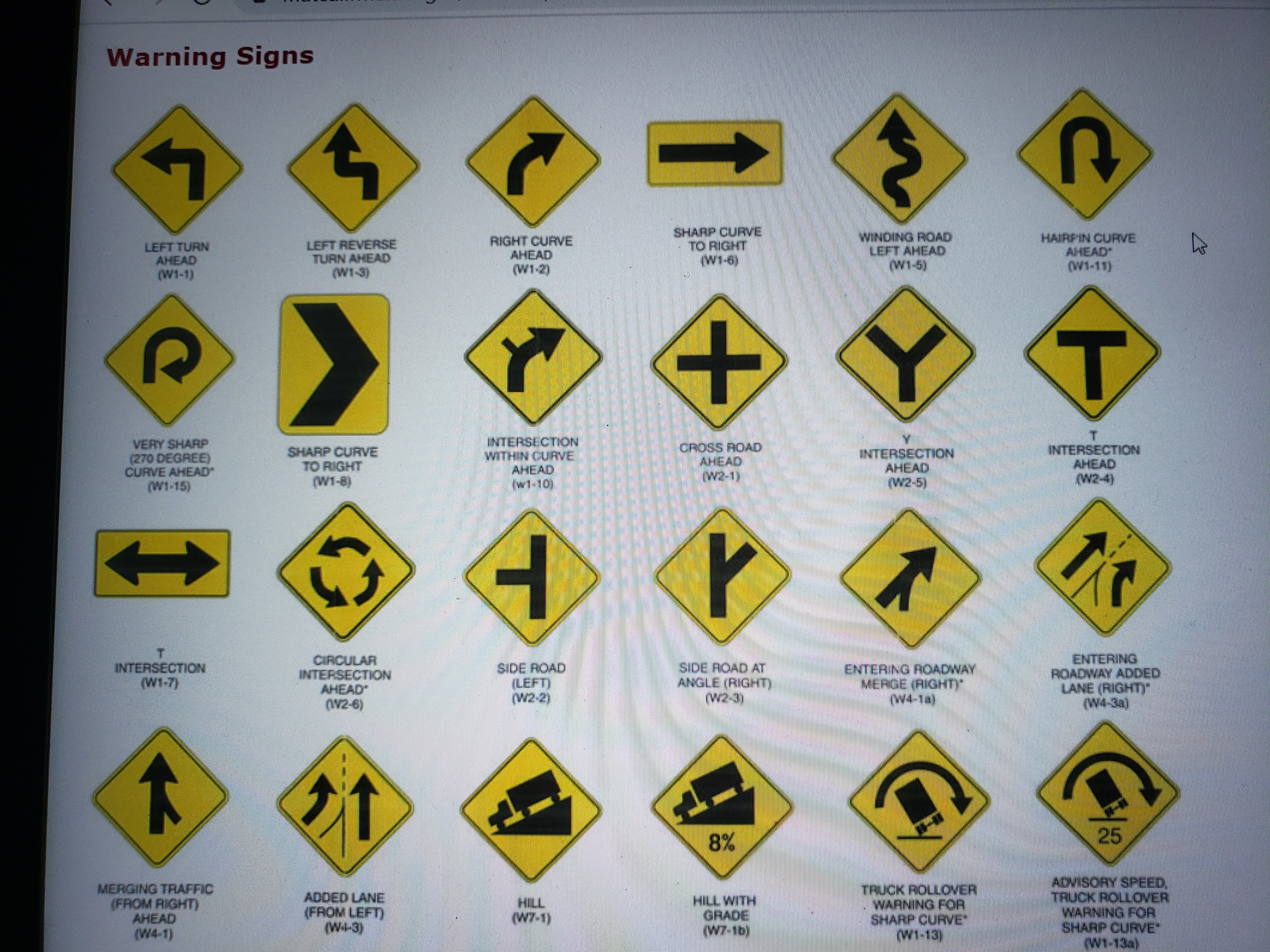
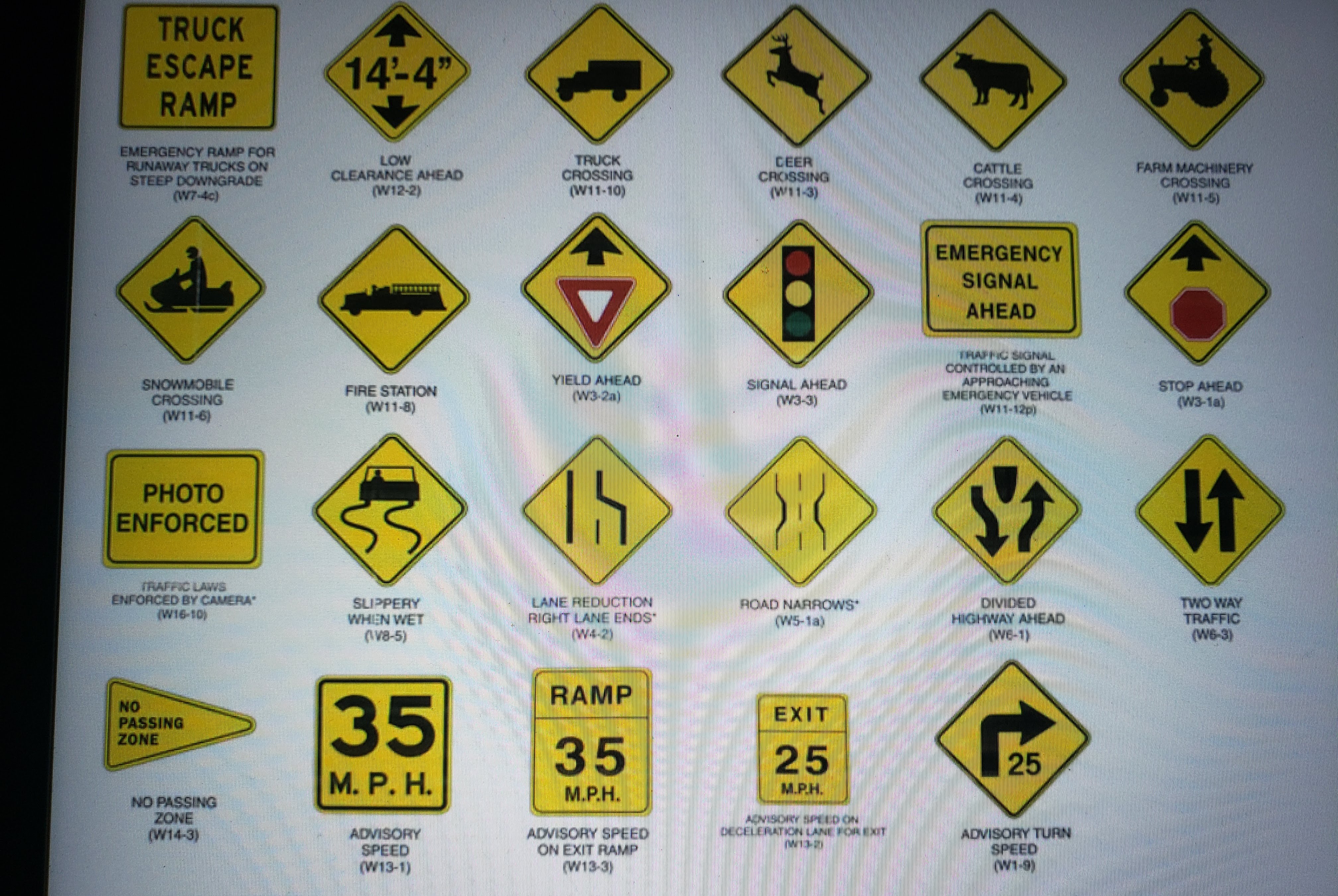


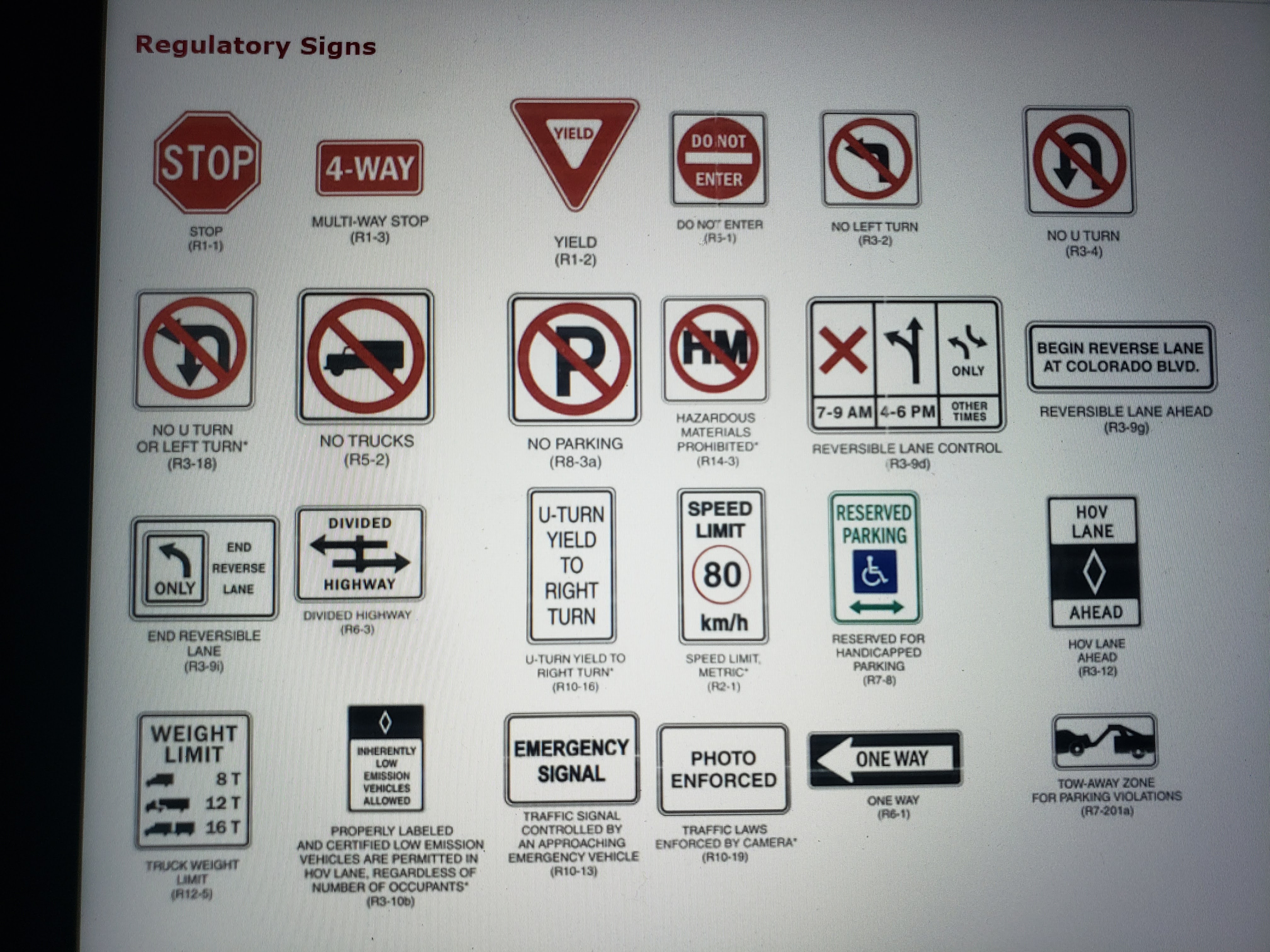

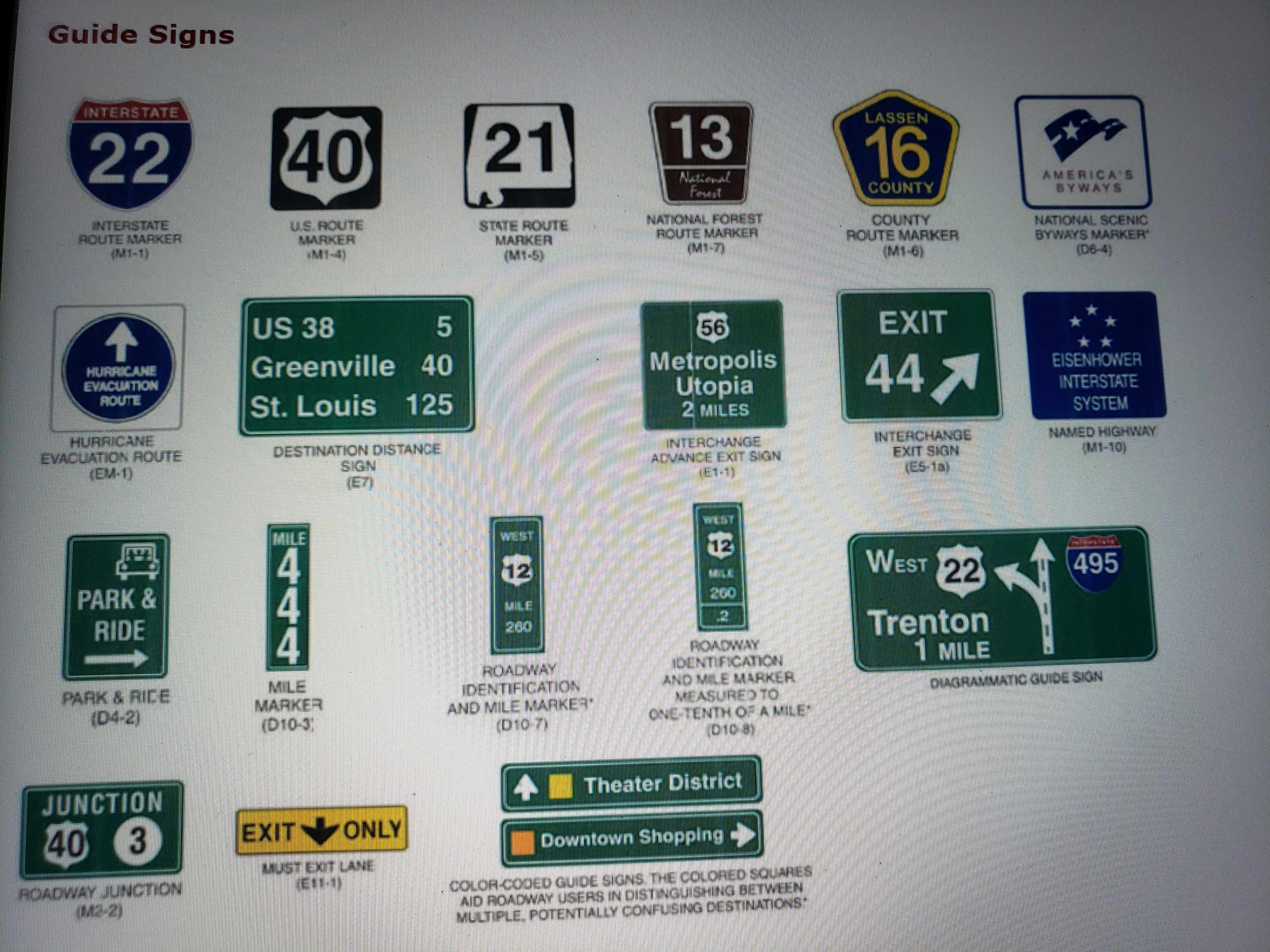

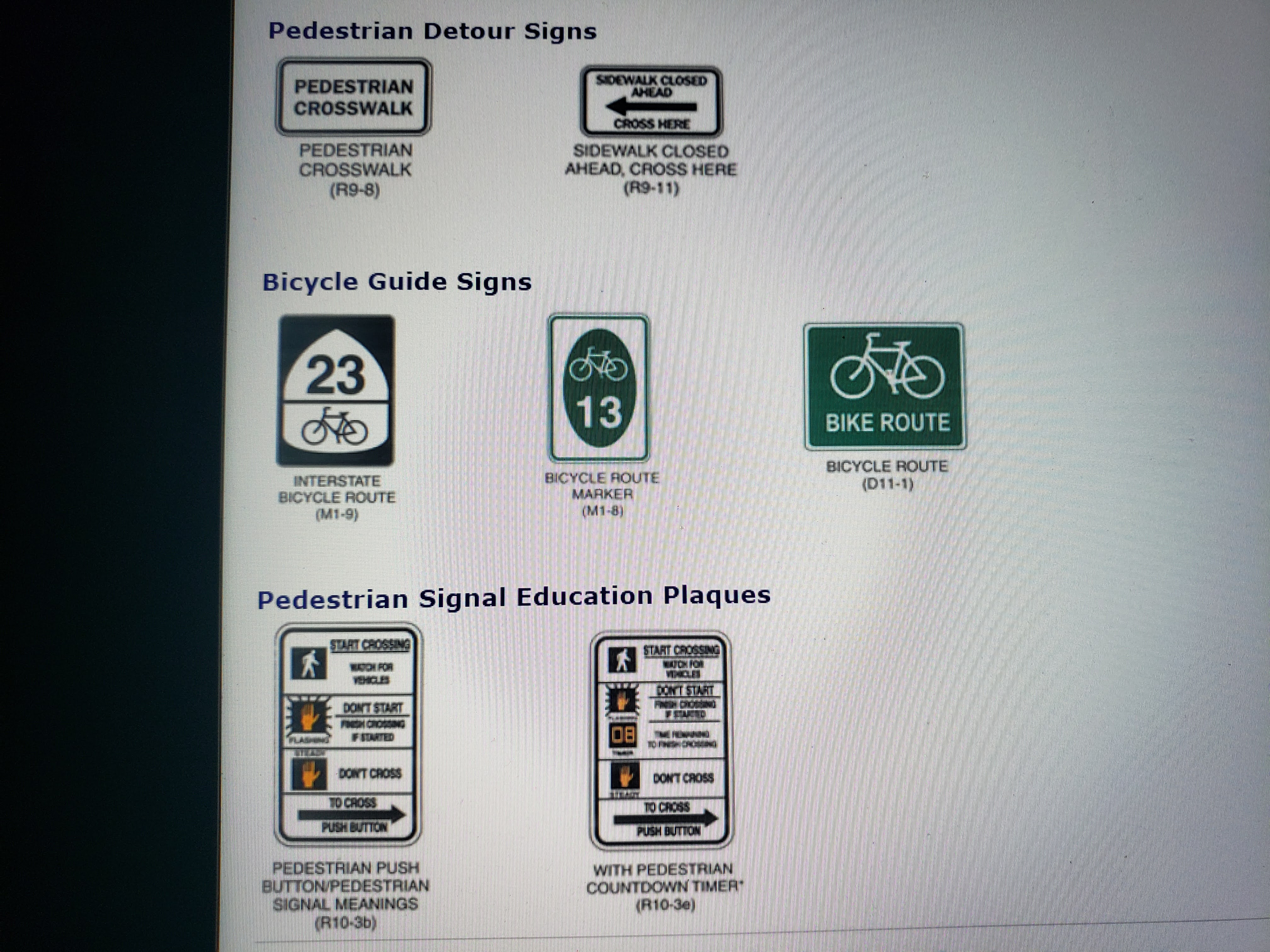
https://www.bmwusa.com/vehicles/x-models/x5/sports-activity-vehicle/plug-in-hybrid.html